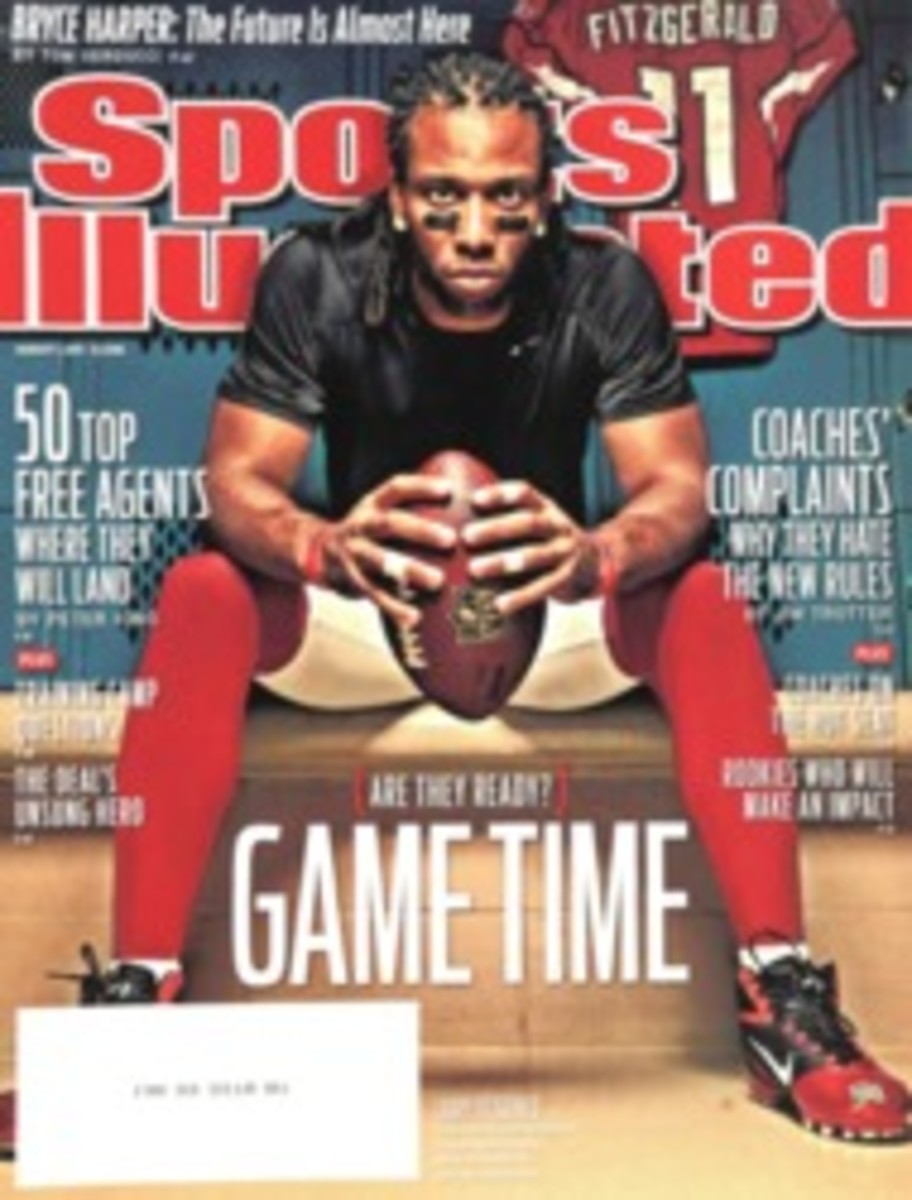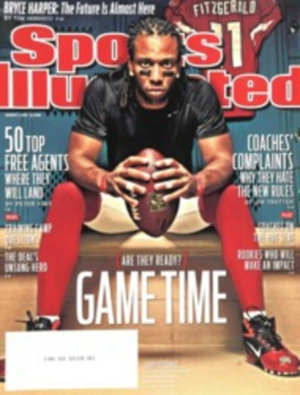
BACK FROM A BAD PLACE
FORGET THE LOCKOUT. FANS JUST WANT THEIR FOOTBALL
It is tough to pinpoint the exact moment when the NFL replaced major league baseball as America's most popular league, but the process may have started on the night of Aug. 11, 1994, when Randy Johnson of the Mariners struck out Eric Young of the Athletics. After that final pitch of the game, baseball players went on a strike that lasted seven months, wiped out the World Series for the first time in 90 years and sent a generation of fans looking elsewhere for its sports fix. Many found it in the NFL.
As baseball was brought back to life by the home run chase and ultimately buried by the steroid scandal, the NFL remained a force that would not be stopped—until this summer, when the league nearly stopped itself. "That they were even contemplating killing this golden goose is just mindboggling to me," says Jack McGovern, a New York attorney and season-ticket holder for both the Giants and the Jets. "If the lockout had gone on and they had lost games, the fans would have been completely fed up."
By virtue of the league's owners and players finding common ground in time to save the 2011 season, the NFL won't have to wonder, as baseball did, if its fans will return. The lockout angered them, but they will not desert the game, even if the start of free agency was scuttled, the draft was muddied and the usual training camp rhythms were delayed.
Still, the public also saw troubling things in this work stoppage: lawsuits, public bickering, the inability to quickly find a way to share $9 billion. It gave the fans reason to wonder just where they fit in the game—as partners, or simply as pawns who are willing to shell out money for PSLs and parking.
Nine days after the Packers defeated the Steelers in Super Bowl XLV, Brian Frederick and David Goodfriend of the nonprofit Sports Fans Coalition sent a letter to NFL commissioner Roger Goodell and NFLPA executive director DeMaurice Smith asking that a fan representative be present during collective bargaining sessions. Frederick, the coalition's executive director, and Goodfriend, the group's chairman and a former staffer in the Clinton White House, argued that the fans deserved to have a voice in shaping the future of a game they helped build. "Conservatively, the public has put $6.5 billion into NFL stadiums, and some experts think it has been upward of $10 billion," Frederick says. "This is not your typical employer-employee negotiation. This is something that the public has a vested interest in."
Neither the owners nor the players invited Frederick's group into the negotiations, though "DeMaurice sought me out after a session in D.C.," Frederick says. "He was very gracious and thought we made a lot of good points."
As for the league?
"The NFL ignored us," Frederick says.
Frederick is looking to change that. In May his group filed comments with the Federal Communications Commission, asking the government agency to reconsider the sport's blackout rule. "Ticket prices are higher than they have ever been, and you also have people who are physically unable to go," Frederick says.
Frederick says he believes his group is making headway with the FCC and wants to continue "to be a horsefly" around the NFL. "The silver lining of what's happened is that it has exposed more fans to the way the NFL has done business," Frederick says of the lockout. "It has shown the fans and the public who have all invested in the game where they sit, which is on the sidelines."
But as long as there's football on Sundays this fall, fans will happily look past that slight.
PHOTO
BOB ROSATO
After nearly five months without football, fans will welcome back players, such as Green Bay's Ryan Grant, with open arms.
PHOTO
TOM DAHLIN
[See caption above]
PHOTO
JOHN BIEVER
[See caption above]

